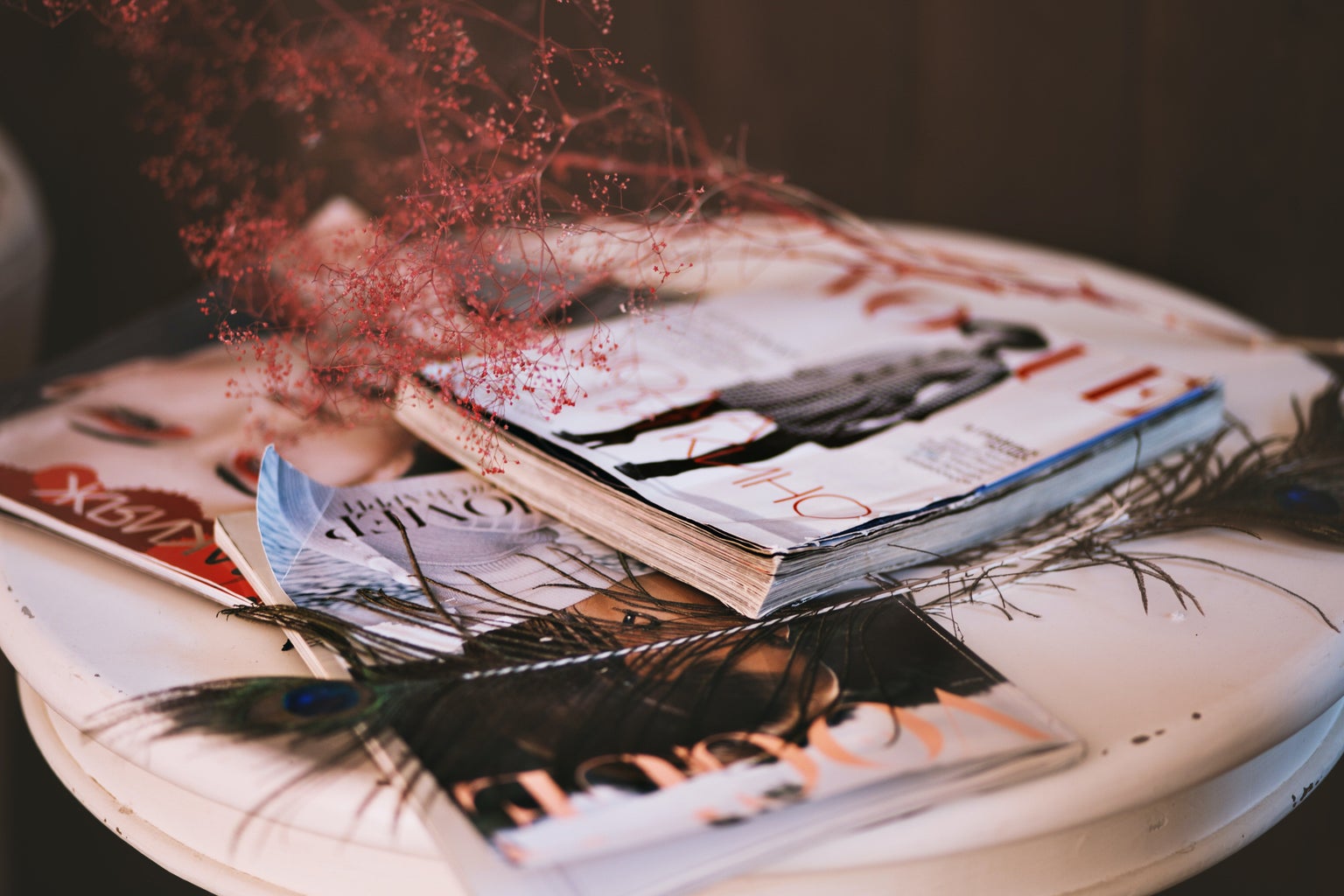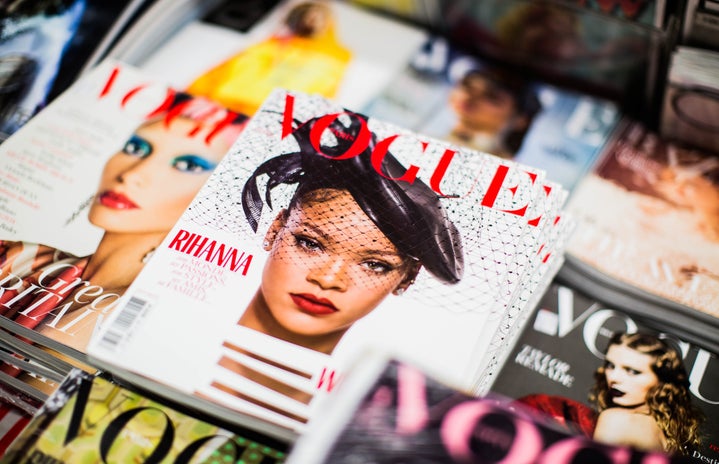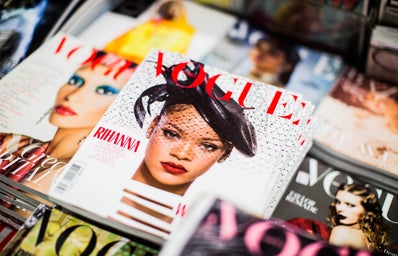On Sunday, Jan. 10th, the print cover of Vice President-Elect Kamala Harris on the U.S. fashion magazine, Vogue, was leaked. The responses that resurfaced were unexpected and incited conversation around the treatment of Black women and women of color in photography.
The Vice-president elect, who is mixed with South Asian and Black ancestry, featured her standing in front of a green and pink backdrop with a casual black blazer, skinny black pants and a pair of black Converse.
The cover was photographed by Tyler Mitchell, who rose to prominence in 2018 after he became the first Black person to shoot a Vogue cover. His subject at the time was none other than Beyoncé Knowles-Carter. He has gone on to shoot Zendaya and has been praised for his understated and laid-back aesthetic. Tyler being the one to take the cover photo of Kamala Harris as he works at Vogue is the company’s attempt at diversity.
Although the cover choice was meant to showcase the clothing Harris would normally wear and the pink and green backdrop was used to highlight her Alpha Kappa Alpha sorority colors, many felt the cover fell flat. This is not the first time that U.S. Vogue has been accused of having a lack of creativity and flattering angles, especially for their Black or mixed cover stars. Last summer, Vogue experienced backlash on the lighting for Simone Biles’ cover. Because of their history with this, many felt that the cover was disrespectful but also intentional.
Former Teen Vogue editor-in-chief and “The Talk” host, Elaine Welteroth, explained on the daytime talk show why the responses of many Black women and women of color are what they were. Many felt that it wasn’t that the cover itself was bad but as the first female vice president who is also a woman of color, she deserved a grand introduction. In other words, the number one fashion magazine in the world could have made a larger effort.

Amid the controversy, Vogue did release the “digital cover,” which was a more formal portrait of Mrs. Harris in a powder blue Michael Kors Collection suit with an American flag pin on her lapel. Her arms were crossed in an executive power pose against a gold curtain which more people felt was more appropriate. According to journalist Yashar Ali, this cover photo was the one her team decided on. Vogue had not granted any kind of contractual cover approval rights to Kamala Harris. That means Mrs. Harris’s team had not seen the final choice, which was left to Vogue, and had not known the magazine had decided to swap the photos. Even though Mrs. Harris’s team has not commented on this issue, Anna Wintour responded to the backlash on Tuesday in a statement to The New York Times.
“Obviously we have heard and understood the reaction to the print cover,” Wintour, Vogue’s editor-in-chief, said. “I just want to reiterate that it was absolutely not our intention to in any way diminish the importance of the vice president-elect’s incredible victory … there was no formal agreement about what the choice of the cover would be. And when the two images arrived at Vogue, all of us felt very, very strongly that the less formal portrait of the vice president-elect really reflected the moment we were living in. We felt to reflect this tragic moment in global history,” Wintour said, referring to the coronavirus pandemic, “a much less formal picture, something that was very, very accessible, and approachable, and real, really reflected the hallmark of the Biden-Harris campaign and everything they are trying to and I’m sure will achieve.”
By her public defense of the cover, Anna Wintour affirms that her and her team’s intentions were not malicious.
Want to see more HCFSU? Be sure to like us on Facebook and follow us on Instagram, Twitter, TikTok, Youtube and Pinterest!



